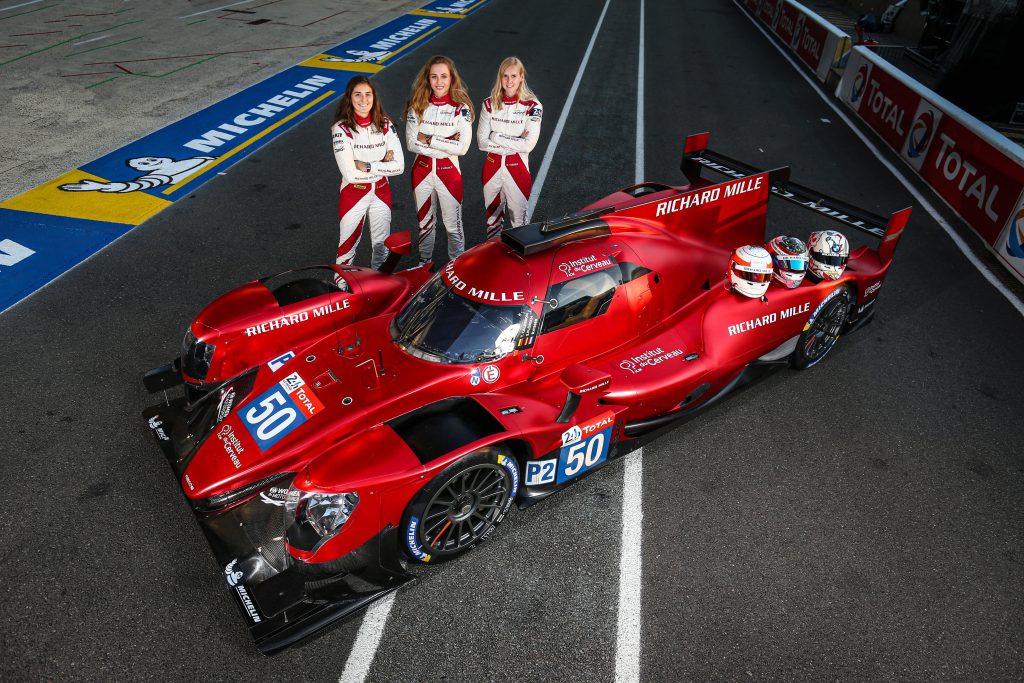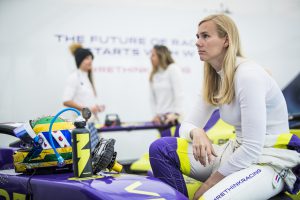To many, an all-female team tackling Le Mans may seem like a novel idea, but in fact the concept goes back a long way.
To the 1930s in fact, when Odette Siko and Marguerite Mareuse became the first women to enter the race in a Bugatti T 40. Had it not been for the outbreak of the second world war, Siko’s career might well have yielded more than her 2-litre class win and fourth overall in 1932.
In total, 25 all-female teams have entered the French classic, and two of them have secured class wins. Nine women in the race’s history have also tasted the victory champagne in their class in the intervening years.
These triumphs came during a time when women were rarely seen as serious competition in the male-dominated field.
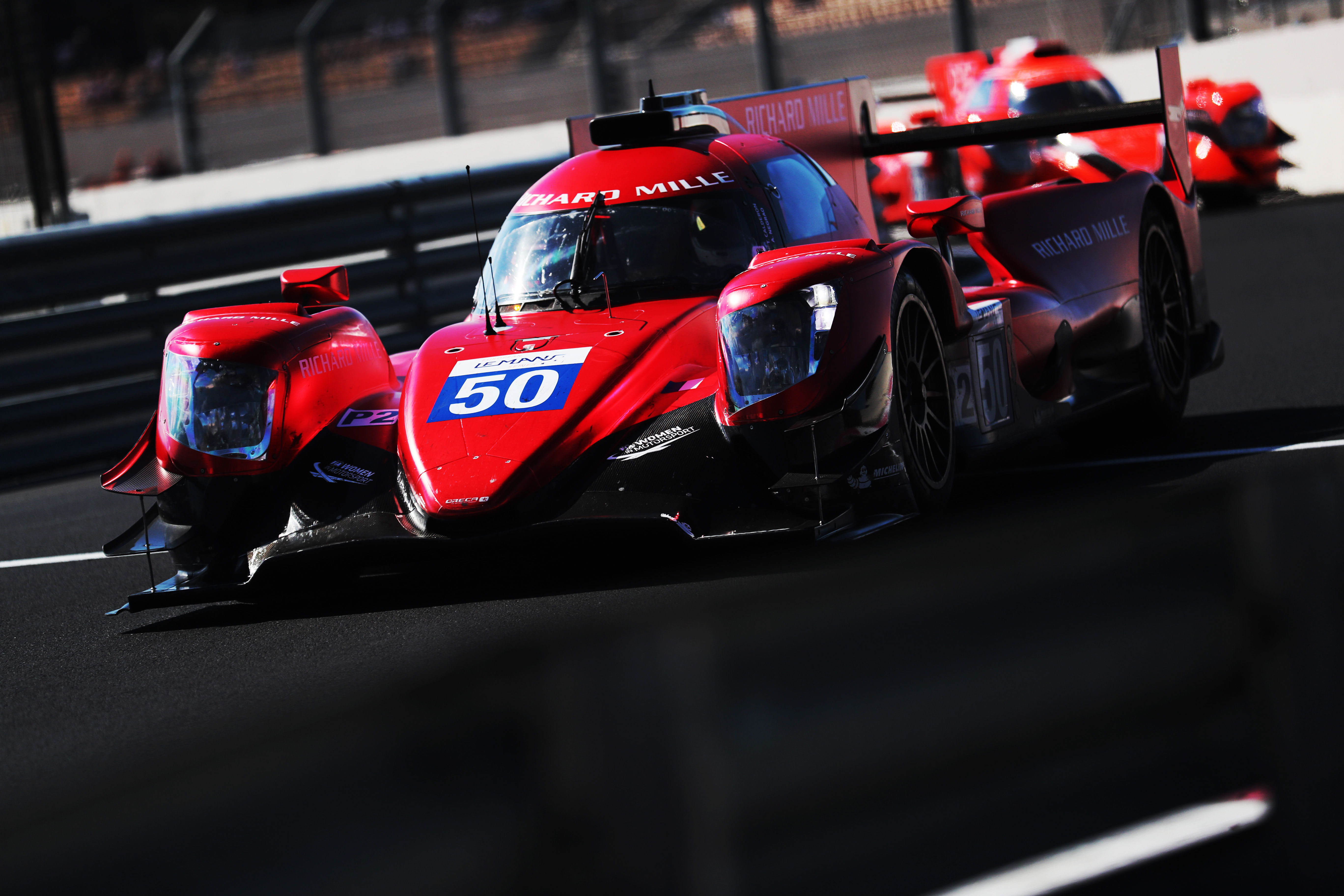
Ahead of the 2020 edition of the famous race, that aged aspect of the sport is continuing to be expunged from society as well as on the track. And this year at Le Mans that’s happening through the inclusion of not one, but two all-female teams.
With the Signatech-run Richard Mille Racing ORECA in LMP2 and the Iron Dames Ferrari in GTE AM – both of which are products of the FIA Women in Motorsport Commission – female driver participation in this year’s 24 Hours is at its highest since 10 women competed in 1935.
Indeed, until recently there was meant to be another all-female line-up. Two-time IMSA SportsCar GT Daytona champion Christina Nielsen had headed a GEAR Racing Ferrari entry in GTE Pro before it was pulled during the COVID-19 lockdown.
Richard Mille: “It has to be a real project and not just a marketing tool”
If there’s a team that knows how to succeed at Le Mans, particularly in LMP2, it’s Signatech. It took victory last season with Nicolas Lappiere, Andre Negrao and Pierre Thiriet at the helm.
The idea of fielding an all-female team came via the FIA Endurance Commission president Richard Mille himself, and it was clear that he wanted Signatech team boss Philippe Sinault to oversee the project.
“Richard came to me and said ‘Philippe, we have seen the progress with women in motorsport, but I want to have a project at a big event with an all-female line-up’,” Sinault tells The Race.
“So, I said to him that whatever the project, it has to be a real project and not just a marketing tool. The main reason of this has to prioritise the sporting side, with a little focus on the marketing, so this is why I said yes immediately.”
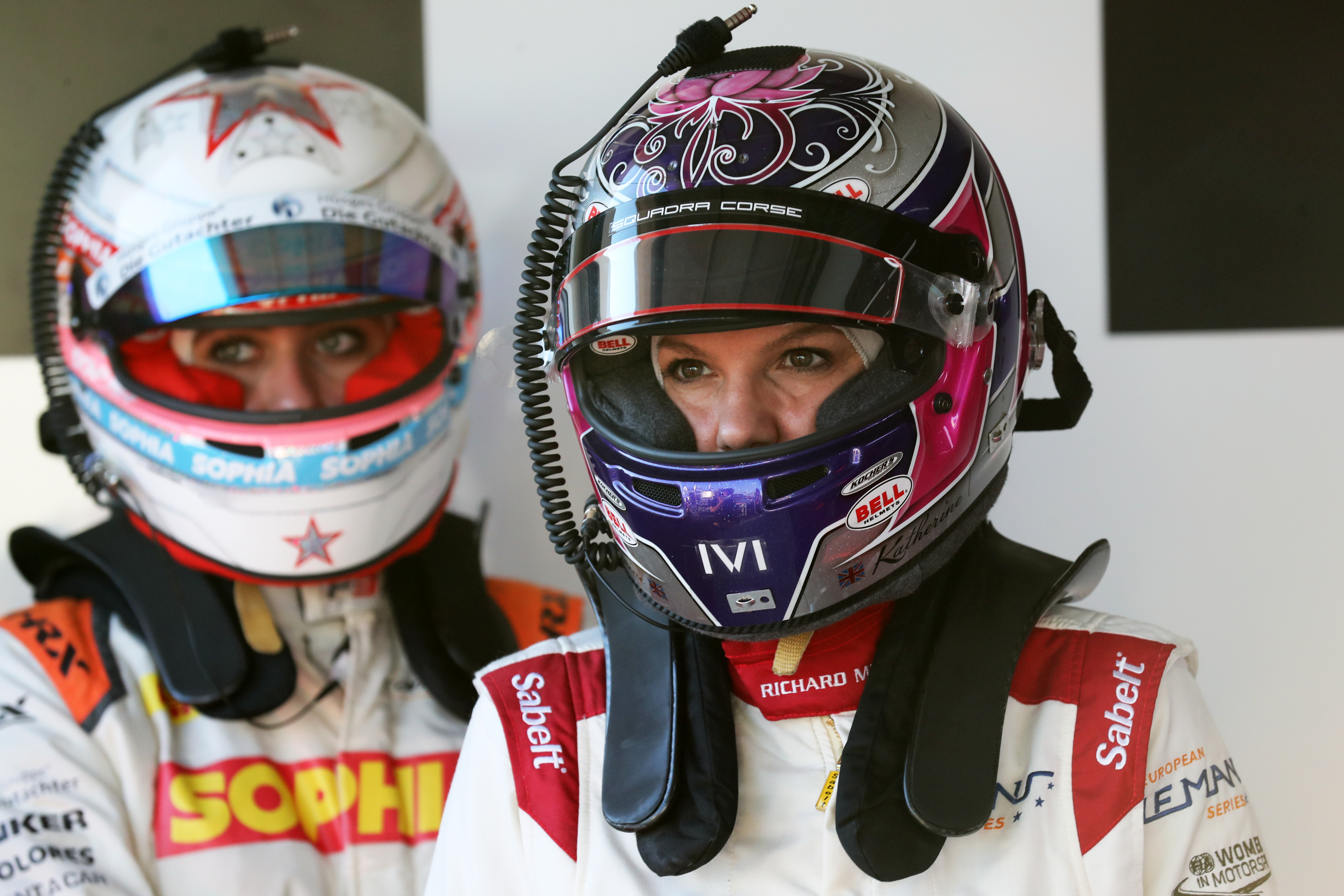
The deal done, Sinault then set about getting the right drivers. Sinault doesn’t beat about the bush, he wants the best and in focusing the team around one of the most versatile female drivers of her generation in Katherine Legge, the project immediately gathered momentum.
But as bad luck would have it, Legge will not be participating at Le Mans this time after breaking her leg in a heavy testing accident at Paul Ricard on the eve of the European Le Mans Series season opener. Her place has been taken by W Series runner-up and Esports League champion Beitske Visser.
Nevertheless, the impact and influence of having someone like Legge in an all-female team cannot be underestimated. And with Sinault, it isn’t.
“We built the team around Katherine, because she is one of the best female drivers out there and a very good all-round driver with a lot of experience too,” Sinault says.
“Today, I can say that we have all the best female drivers in the car, definitively.”
Vastly experienced in a mix of touring cars, single-seaters, Formula E and latterly sportscars courtesy of her time in the GTD category of the IMSA Sportscar Championship, Legge is also no stranger to all-female programmes.
Having been a figurehead in the Meyer Shank Racing Lexus IMSA set-up alongside Nielsen, Simona de Silvestro and Bia Figueiredo, Legge has also been a member of the Women in Motorsport Commission.
“As a woman, you don’t get the same support from sponsors, from partners as you do when you’re a man” :: Sophia Floersch
“Back in my single-seater days, I was very selfish, and it was all about me,” reflects Legge.
“I wanted to make it in F1, and I didn’t really have the bandwidth to care about anyone else until I started getting involved with the Women in Motorsport Commission.
“I was with Meyer Shank Racing when Jackie Heinricher approached me about the prospect of putting together an all-female team.
“My initial reaction was: ‘oh God, I don’t think that’ll be a good idea, unless we get the best drivers’.
“But now I think it’s really important to try and encourage young girls to get into racing and to make it clear to them that they have role models to follow in their efforts.”
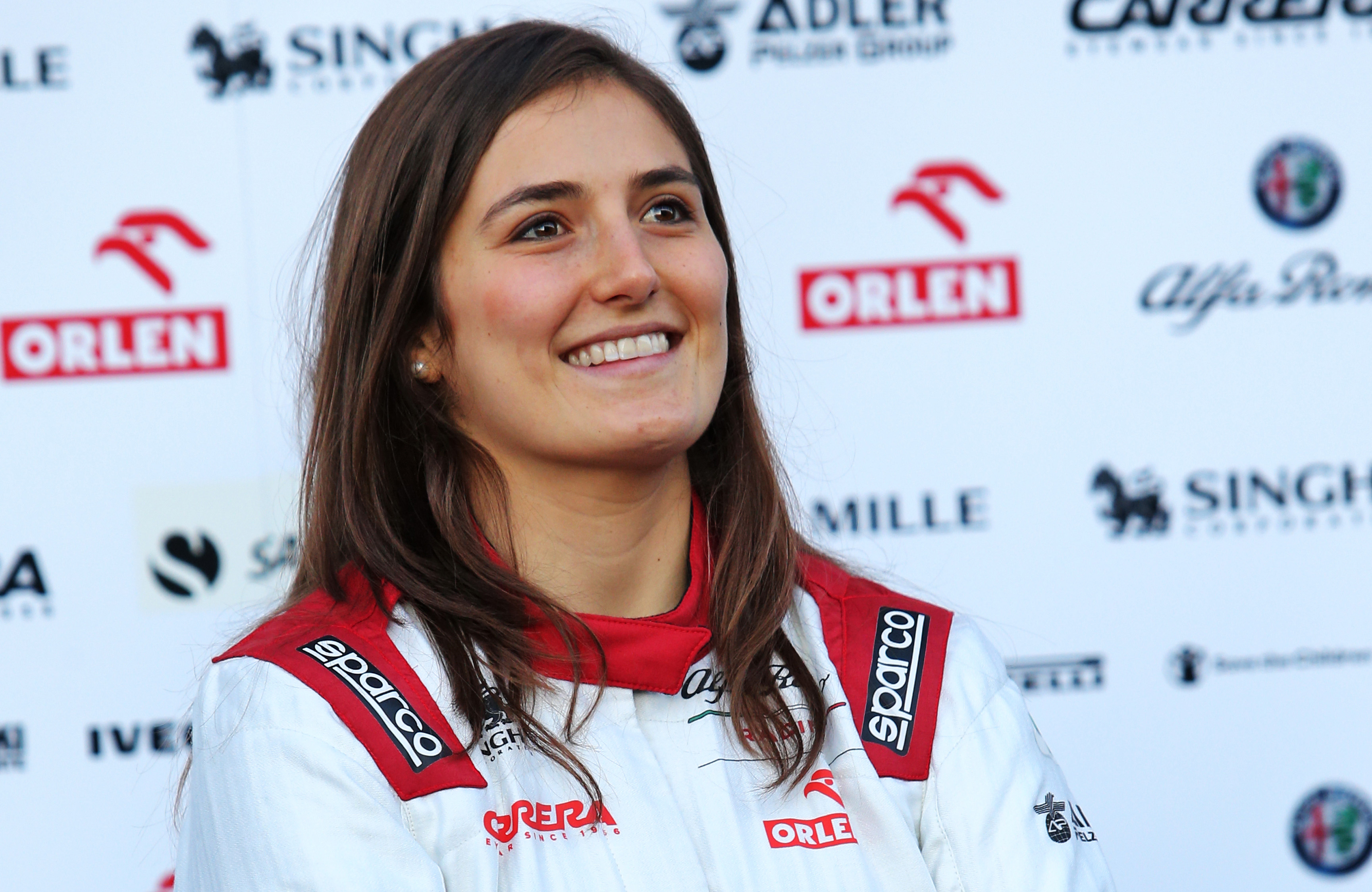
For Tatiana Calderon, who also partnered Legge and Christina Nielsen in an all-female Lamborghini line-up at the Daytona 24 Hours this year, Le Mans is the perfect opportunity to put women in the spotlight and to promote future change.
“It shows all the work we have done over the past couple of years, this team effort,” Calderon tells The Race.
“Of course, we’re an all-female team on the driver side but we’re actually striving for more integration between males and females to compete in the same team.
“With Signatech and Richard Mille, we’re sending a strong message, the right message, that women can compete at a high level.
“It’s a good opportunity to prove ourselves and tell people that, when we do well, it’s us who are doing it.”
The third cog in the Richard Mille entry, Sophia Floersch has been an ardent opponent of the female-only W Series in the past but is revelling in this all-female line-up amid a predominantly male-dominated field.
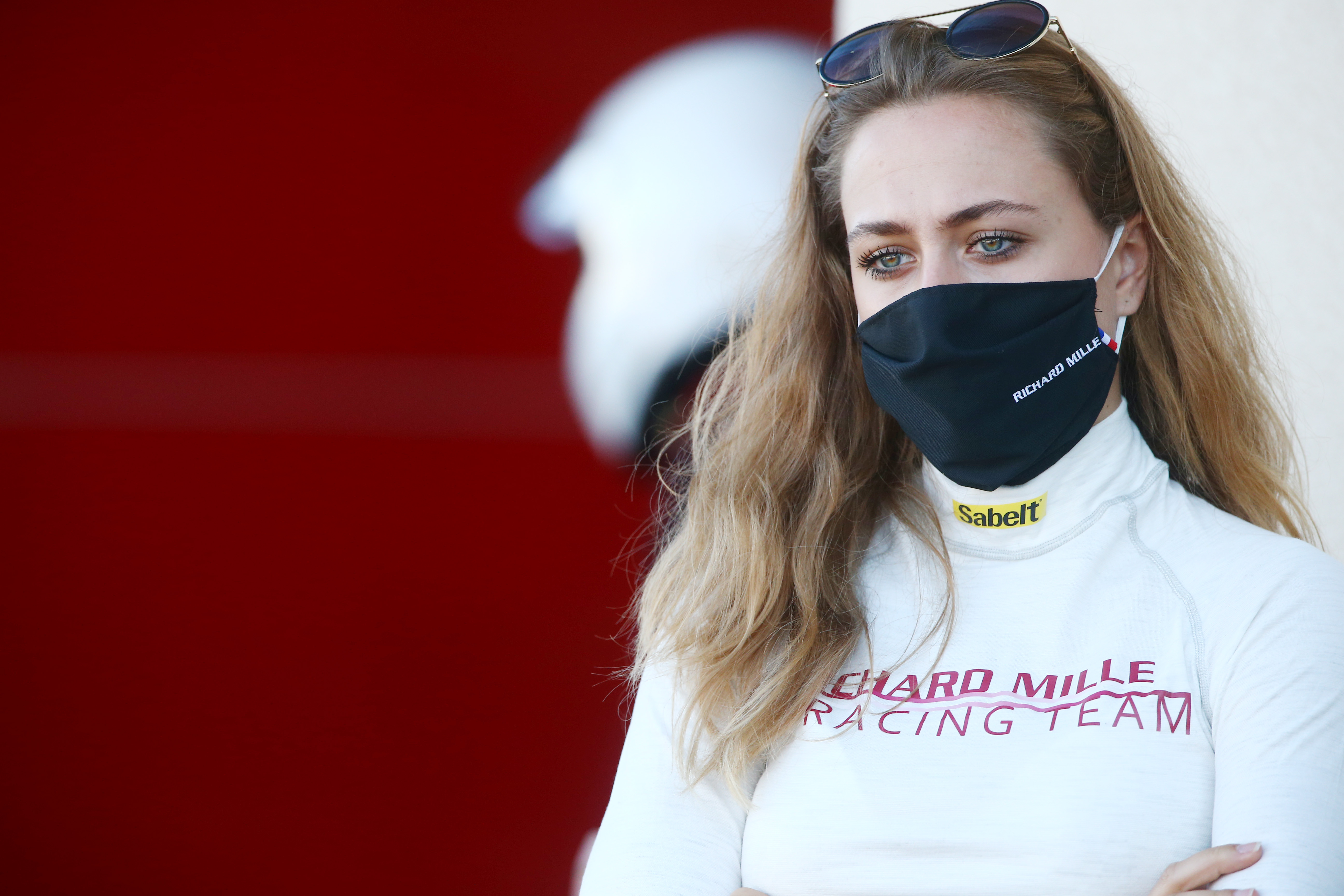
Floersch firmly believes in the integration of men and women at the sport’s top level and wants to use this opportunity to create role models for younger girls in the future. Role models, which were few and far between when she was growing up.
“It’s really difficult to have female role models in motorsport just because there’s been so few, but for sure Michele Mouton, even though she is from rallying, what she did in her career was amazing, the same for Ellen Lohr in the DTM. There have been several women [in motorsport] but sadly not enough,” Floersch says.
“And as a woman, you don’t get the same support from sponsors, from partners as you do when you’re a man.”
This is where Richard Mille and the Women in Motorsport Commission come into play with this project. The opportunity is there and it’s up to the women at the wheel to prove their worth.
While the pillar of the team Legge will not be present on track, Sinault believes there is a silver lining for his group ready to tackle Le Mans this weekend.
“For sure, Katherine’s accident was terrible, and we feel so sorry for her to have to miss [Le Mans], but what I can say as well is that this created a fantastic positive dynamic around the project.
“We wanted to create something big with this team, and the team spirit now across everything because of this accident has been very strong.”
The Iron Dames with steely determination
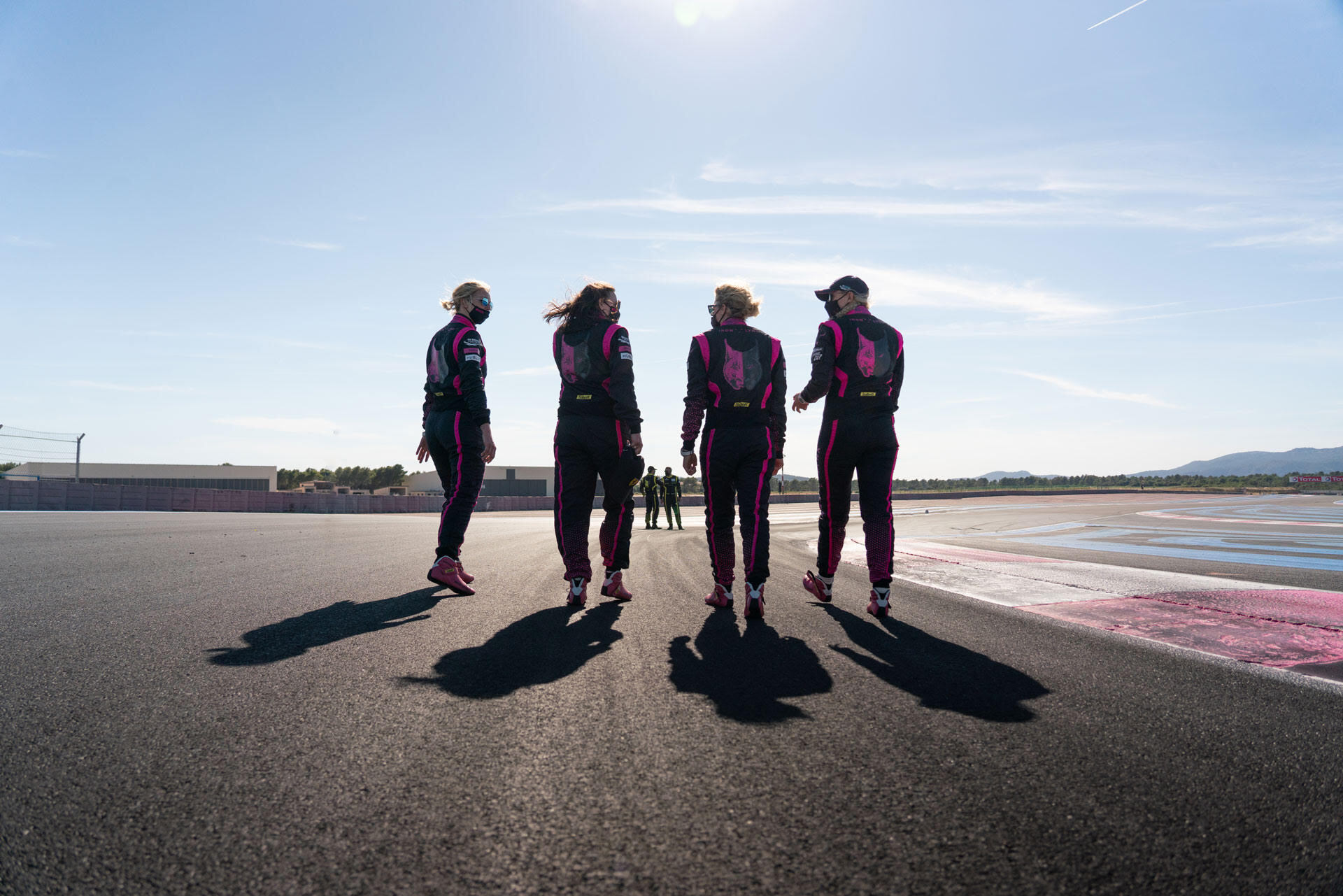
The other all-female driver line-up competing at Le Mans this year has something that Richard Mille does not. That is continuity from 2019 – as the team was run by its parent operation Iron Lynx in collaboration with Kessel Racing.
Leading that effort from a driving front is the experienced Swiss racer Rahel Frey, who has spent the last seven seasons racing a combination of ADAC GT Masters, the Nurburgring Nordschleife based VLN Series and GT World Challenge Asia for Audi. She also has two seasons of the DTM under her belt.
“I was also part of an all-female team at Le Mans in 2010 [an Mtech Ford GT project with Natacha Gachnang and Cyndie Allemann, pictured below], and Cathy Muller and Michele Mouton from the FIA Women in Motorsport Commission were there too,” Frey tells The Race.
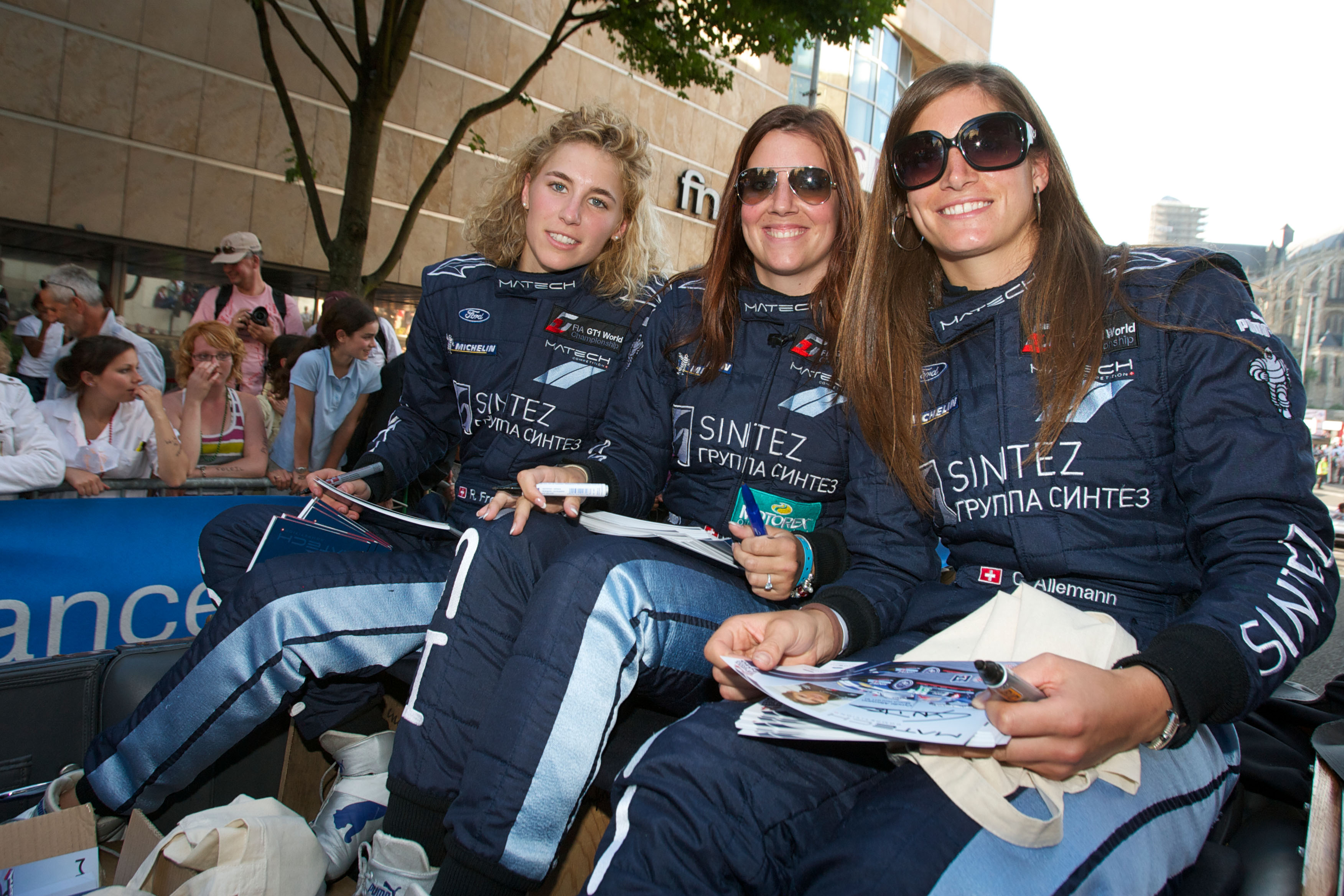
“They were already trying to do something about getting more women into motorsport, but it took them 10 years to finally launch another project.
“Unfortunately, it’s all about money [to support female projects], strategy, politics, everything. At that level of motorsport, it’s something you can’t ignore.
“Finally, we are now able to get a chance to show what we are capable of doing in a racecar. It might have taken 10 years, but we are now at that point.”
For someone like Frey, who has spent the majority of her career competing against men and succeeding, the rise of women in high-level GT racing is proof of fresh momentum for change.
“It’s hard to see all-female teams in single-seaters [W Series aside], but I honestly feel like GTs offer so many opportunities for young girls coming up,” Frey adds.
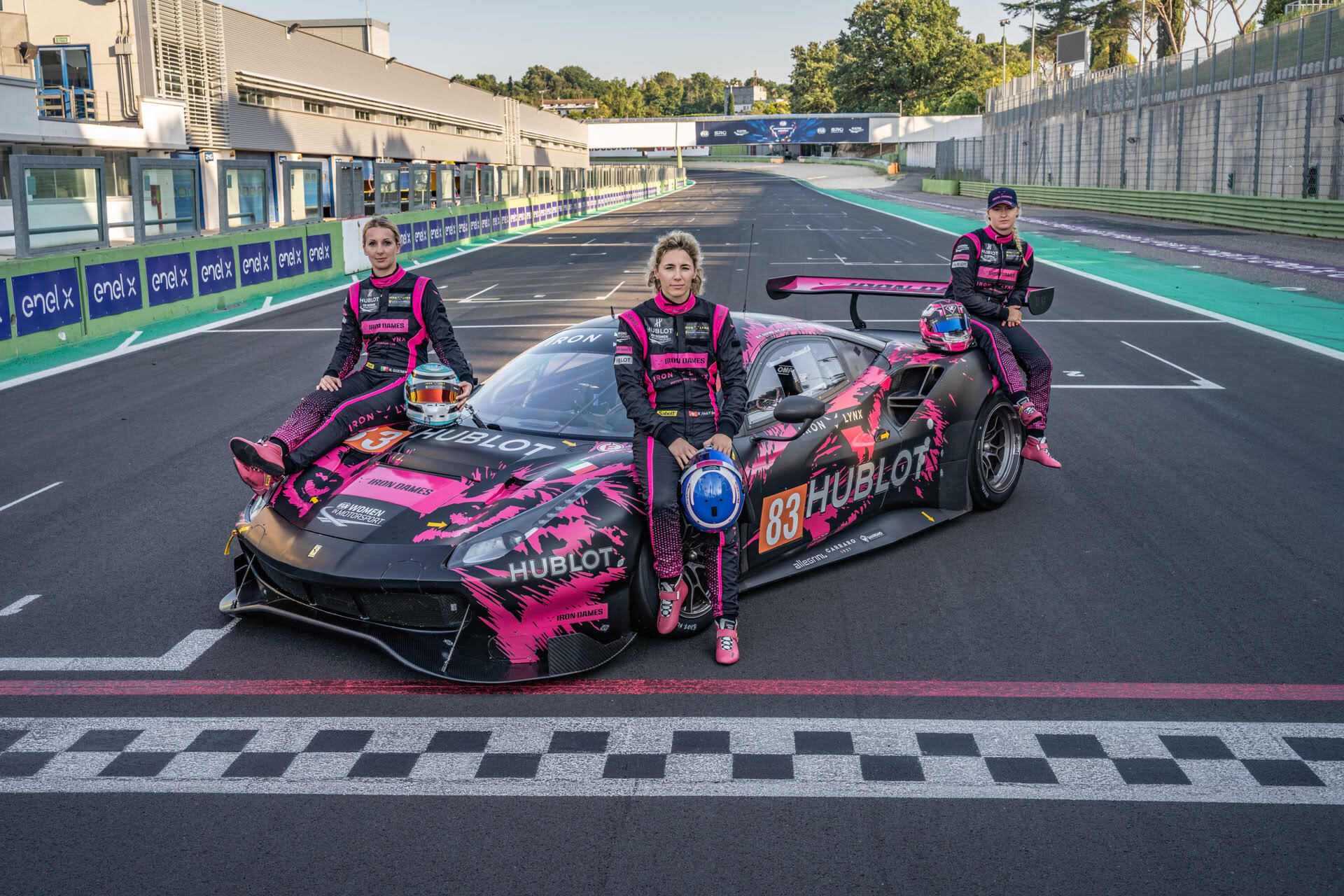
“Something Katherine and I have been doing is telling girls who might be running out of money in single-seaters that, if you want to stay in this industry, GTs is a very good option.
“Essentially, what we are doing is trying to make things easier for the next generation so they have more opportunities to represent women.”
Frey is joined by Dane Michelle Gatting and Italian Manuela Gostner. It is a tried and tested partnership that finished fourth in the GTE class of ELMS last year with two podiums and beating the sister Kessel Racing team of Andrea Piccini and Sergio Pianezzola.
The trio also finished ninth in class and 39th overall in the 24 Hours last year.
WS Racing: The “100% All-Female Team”
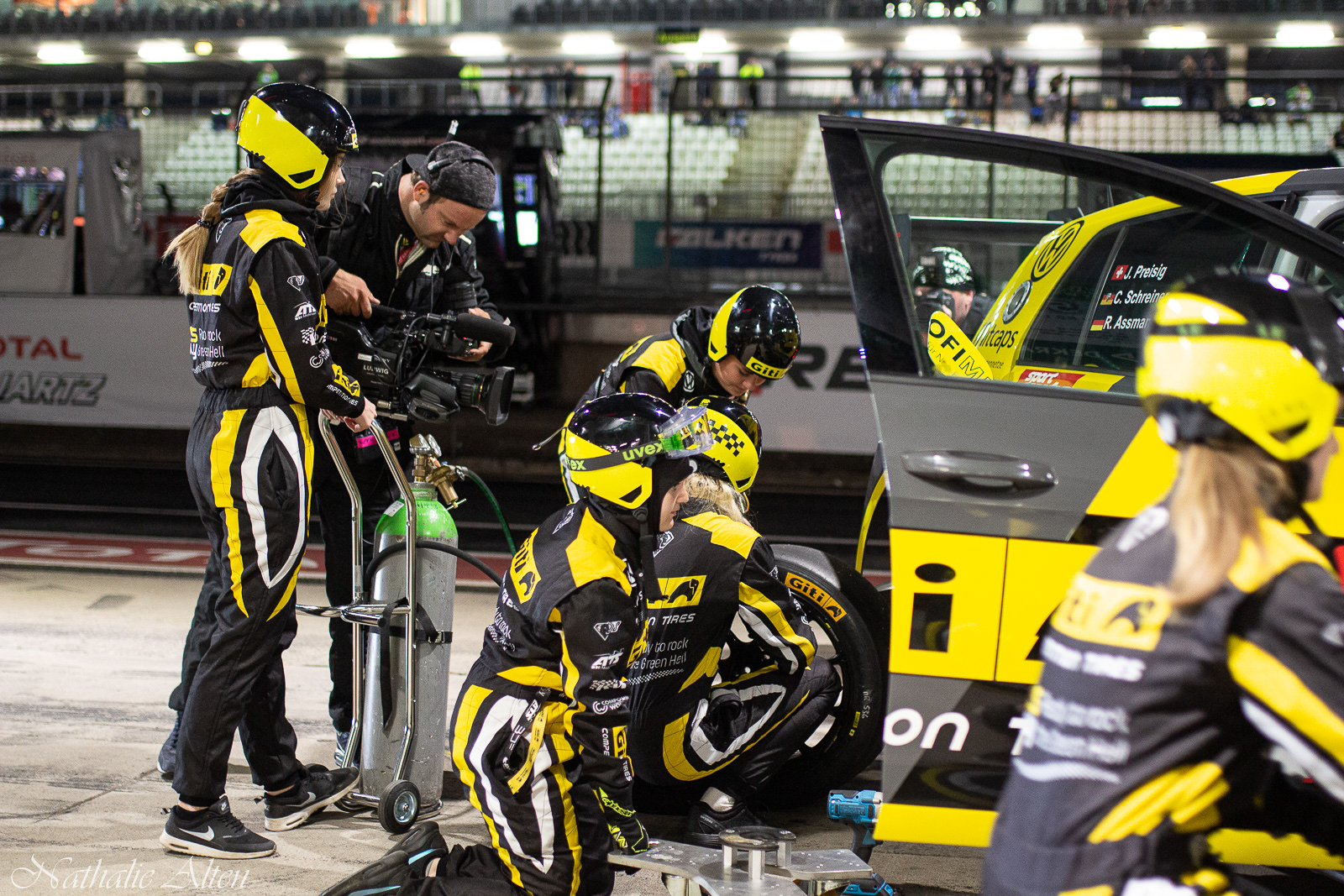
Image courtesy of Nathalie Alten
Although it’s not competing at Le Mans, it would be remiss to ignore a team that prides itself on being the only “100% all-female team” in motorsport. And by 100%, they mean it.
Running a Volkswagen Golf GTI TCR in the NLS (formerly VLN Series) and led by team principal Nicole Willems, WS Racing’s Girls Only sub-team is unique in the world of motorsport in that every position is held by women.
“We are 20 women in the team, and we are very proud to say that we are a 100% all-female group, taking on the men,” Willems explains.
“From the drivers to engineers and mechanics, everything is run by women. So that means the preparation of the car, the refuelling, the timekeeping, the management, everything.
“We want to demonstrate that women can perform in the same way as men. We have fast drivers, experienced engineers with the know-how and willingness to improve the team. That is fantastic to see.”
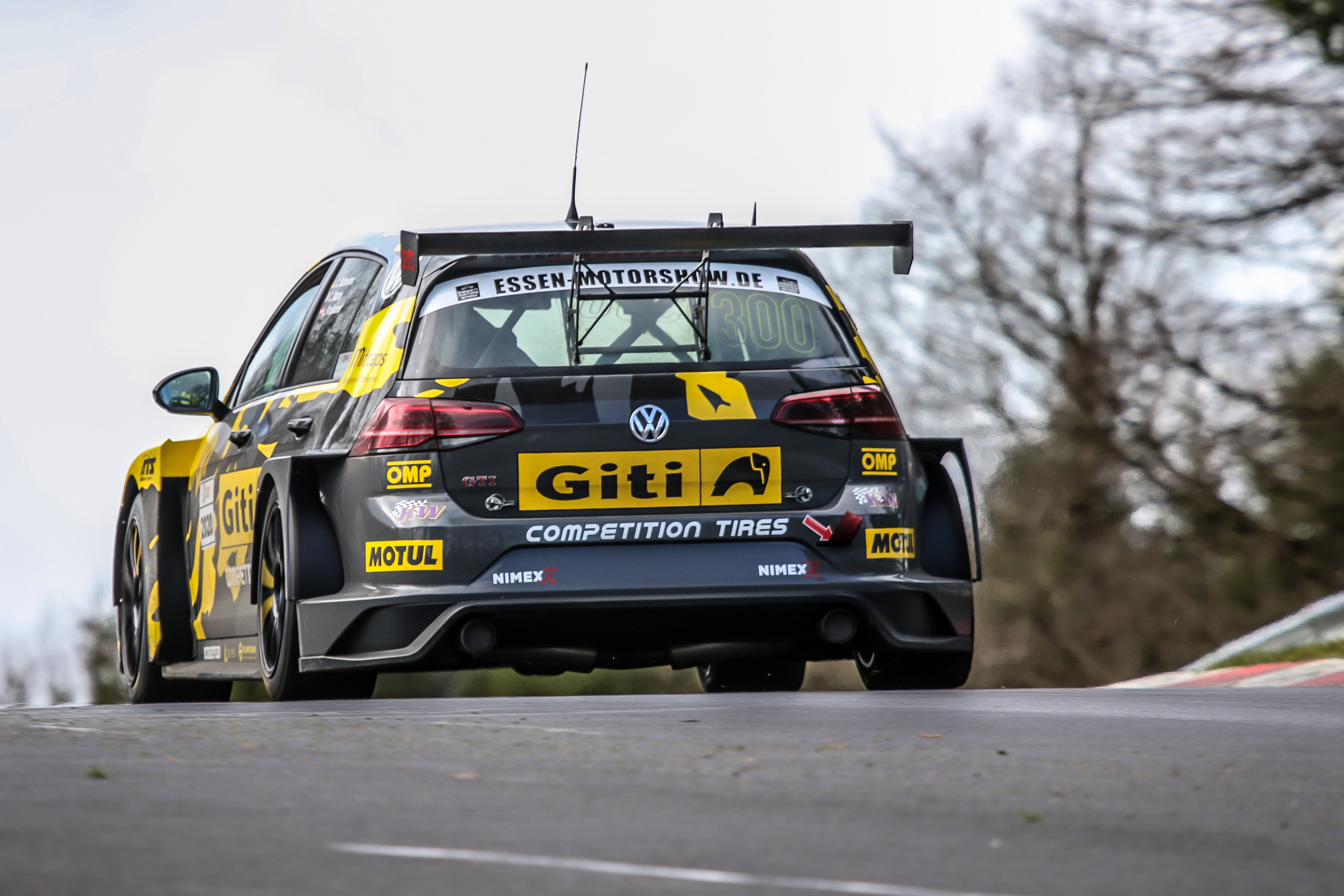
Image courtesy of Swoosh Motorsport Communication
The team made its debut in VLN last year as well as contesting the Nurburgring 24 Hours with Carrie Schreiner, Ronja Assmann and Jasmin Preisig.
For someone like Schreiner, who is a full-time driver in the ADAC GT Masters for HCB Rubtronik – with which Kelvin van der Linde and Patric Niederhauser won the title last year – it was a chance she could not turn down.
“I was very interested in the project when Nicole got in touch with me in late 2018,” Schreiner says.
“I had never heard anything like this before, a complete team with just women, it’s very special to be involved in.”
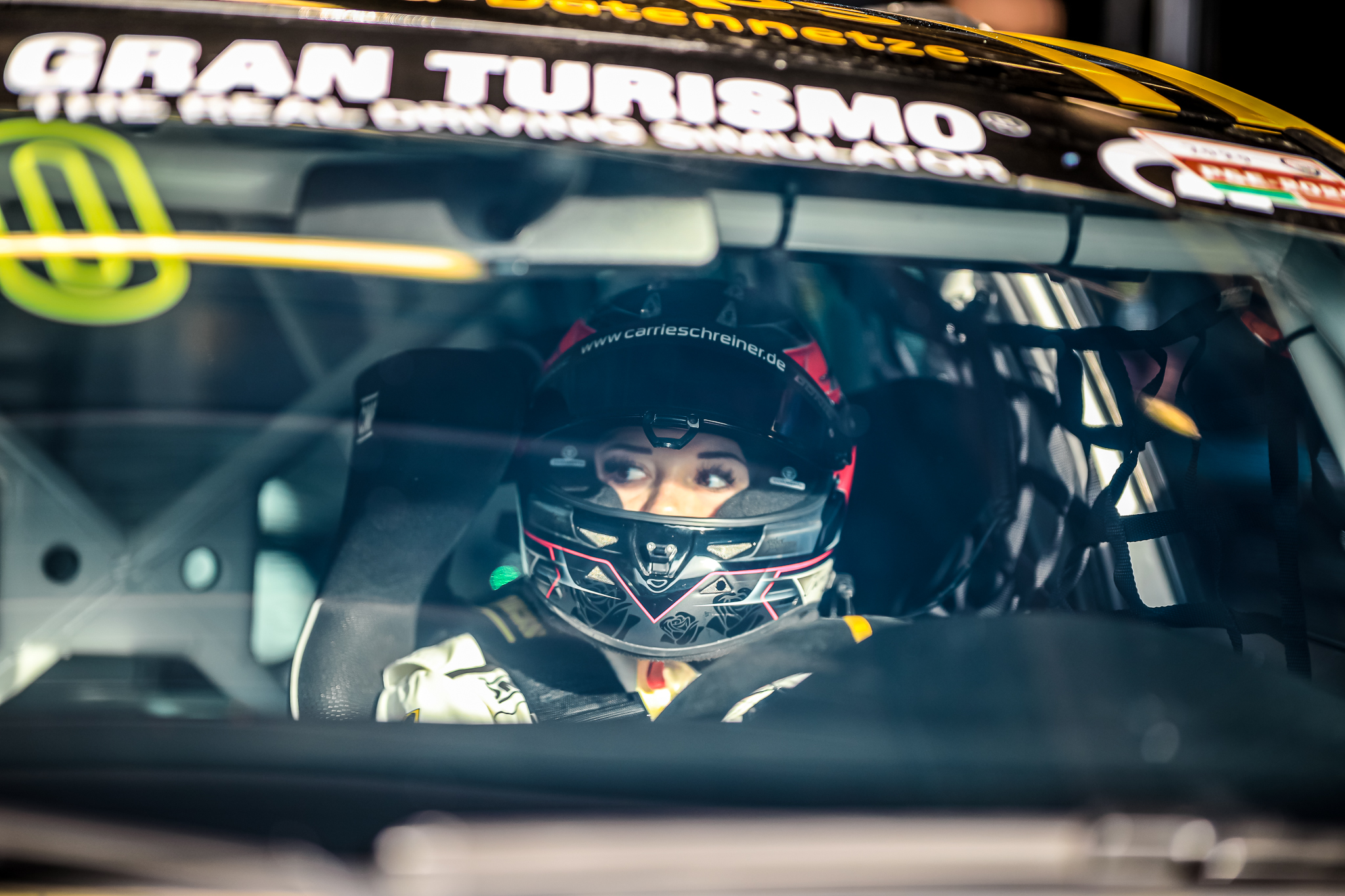
Image courtesy of Swoosh Motorsport Communication
It’s not just about filling each position in the team with women, the team is also keen to give school and university graduates their first steps into the industry through a student apprenticeship programme.
“Some of our girls are still studying and we have been very impressed with them and their passion,” Willems adds.
“They came to us and said that they had been inspired by this project and what its message was and that really means a lot to me, that we give them this opportunity.”
While Willems admits that “a lot of men laughed at us” initially, their point was proven towards the end of the VLN season, when Schreiner and Frenchwoman Celia Martin claimed SP3T class victory in the final round of the year.
All-female teams may be somewhat under the radar compared to the burgeoning W Series, but their influence in executing change in the motorsport world should not be underestimated.


